
Authentic Tequila Craftsmanship at Celosa Tequila
Celosa Tequila crafts its genuine tequila from blue agave, an indigenous plant prominent in various regions of Mexico. This intricate process consists of seven critical stages: cultivation, heating, juicing, fermenting, refining, maturing, and packaging. All steps are meticulously overseen by the Consejo Regulador del Tequila, ensuring adherence to top-notch standards. Every distillery, including ours, possesses its distinct source of agave, methodologies, and unique techniques to elevate the flavor profile.

The Journey of Tequila: A Seven-Step Process
Cultivation
Growth, care, and collection of the agave plant remain a manual endeavor rooted in age-old methods handed down through the ages. Celosa Tequila is produced from agave specifically culled from our dedicated fields. The moderate climate of Jalisco beautifully merges cool sea breezes with the arid desert warmth, enhancing the agave’s richness and diversity. Our plants mature for close to eight years before initiation into the extraction phase. Our commitment remains unwavering: producing tequila solely from 100% Blue Agave Tequilana Weber.
The Jimador, the individual responsible for the cultivation, employs the Coa – a razor-sharp curved implement – to shear off the multitude of agave leaves, revealing the plant’s core or piña. This piña, the sole component utilized in tequila crafting, can impressively weigh anywhere between 80 to a staggering 300 pounds. While its dimensions are eye-catching, the sugar levels within the piña play a more crucial role. As the plant ages, it transforms its starches into fermentable sugars. Approximately 15 pounds of piñas contribute to one liter of our fine tequila.
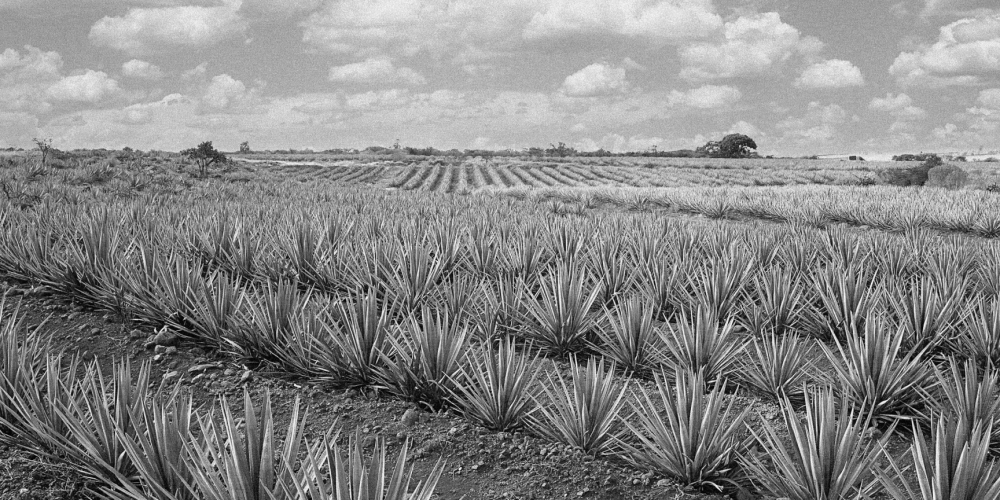
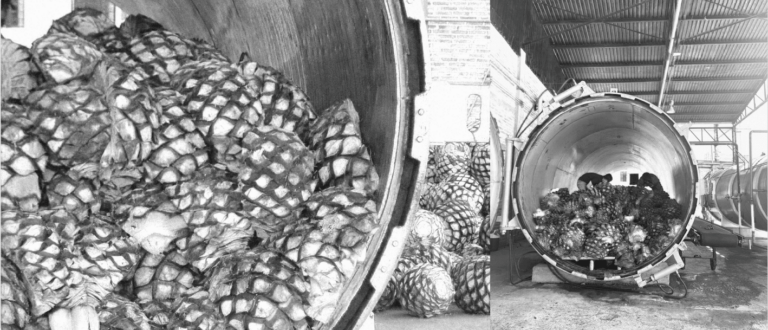
Cooking
Once harvested, the piña undergoes a steaming process either in conventional brick ovens or contemporary stainless steel autoclaves. This method simplifies the complex carbohydrates into easily fermentable sugars, priming them for the subsequent stage.
Juicing
Post-steaming, the softened piñas are taken for juice extraction. Crushed to release their ‘aguamiel’ or sweet nectar, this juice is destined for fermentation. Historical practices saw the use of a tahona, a massive stone wheel, for this purpose. Present-day operations employ specialized machinery to separate the juice from the fibrous remnants. Following juice extraction, fermentation begins.

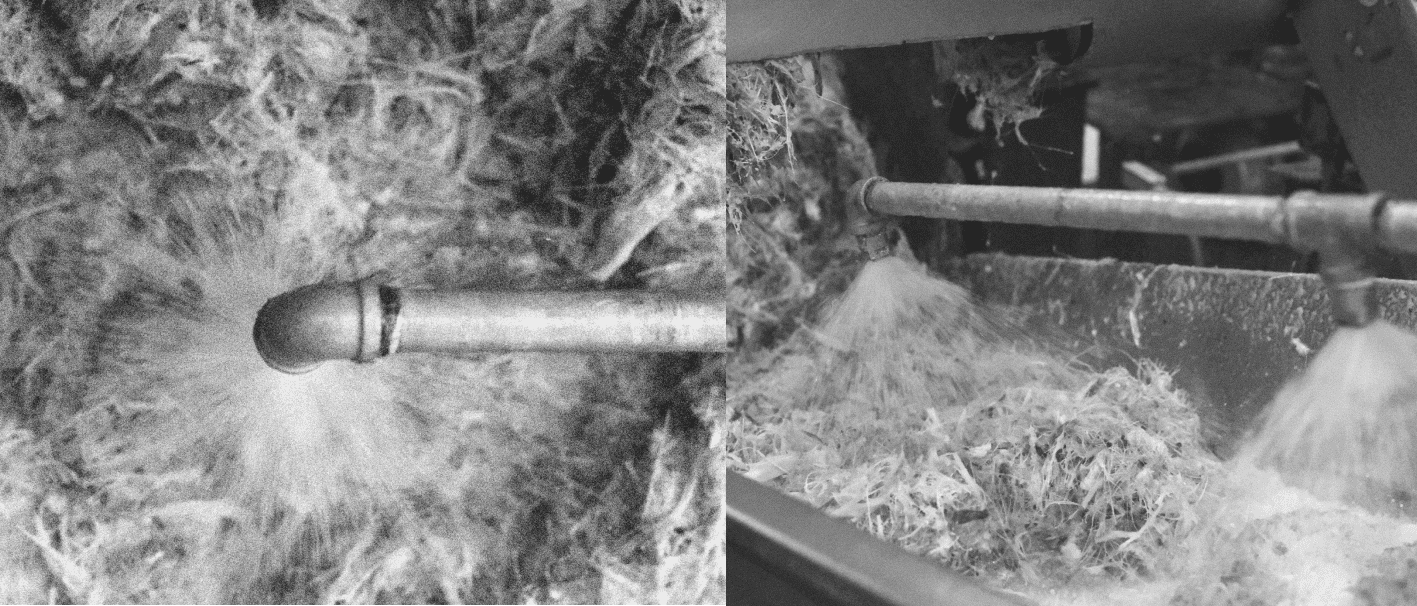
Fermentation
In layman’s terms, fermentation is the sugar-to-alcohol magic. This transformation occurs in sizable wooden containers or state-of-the-art steel tanks. While nature’s yeast from agave foliage was once the norm, modern distilleries, including ours, opt for cultured wild yeast strains. Depending on techniques, this can span between seven to twelve days.
Refining
At its core, distillation is about concentrating the alcohol using a combination of heat and steam. Generally executed within steel columns or pot stills, the double distillation process is favored at Celosa Tequila. The preliminary distillation, or “deztrozamiento,” yields a 20% alcohol content liquid termed “ordinario.” The subsequent round, termed “rectification,” amplifies the alcohol concentration to around 55%, resulting in the “blanco” or silver tequila.
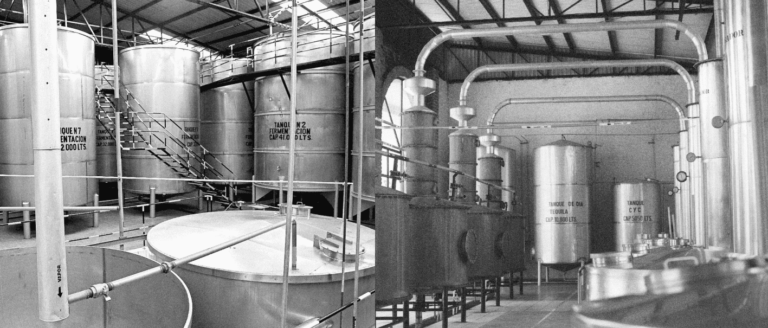
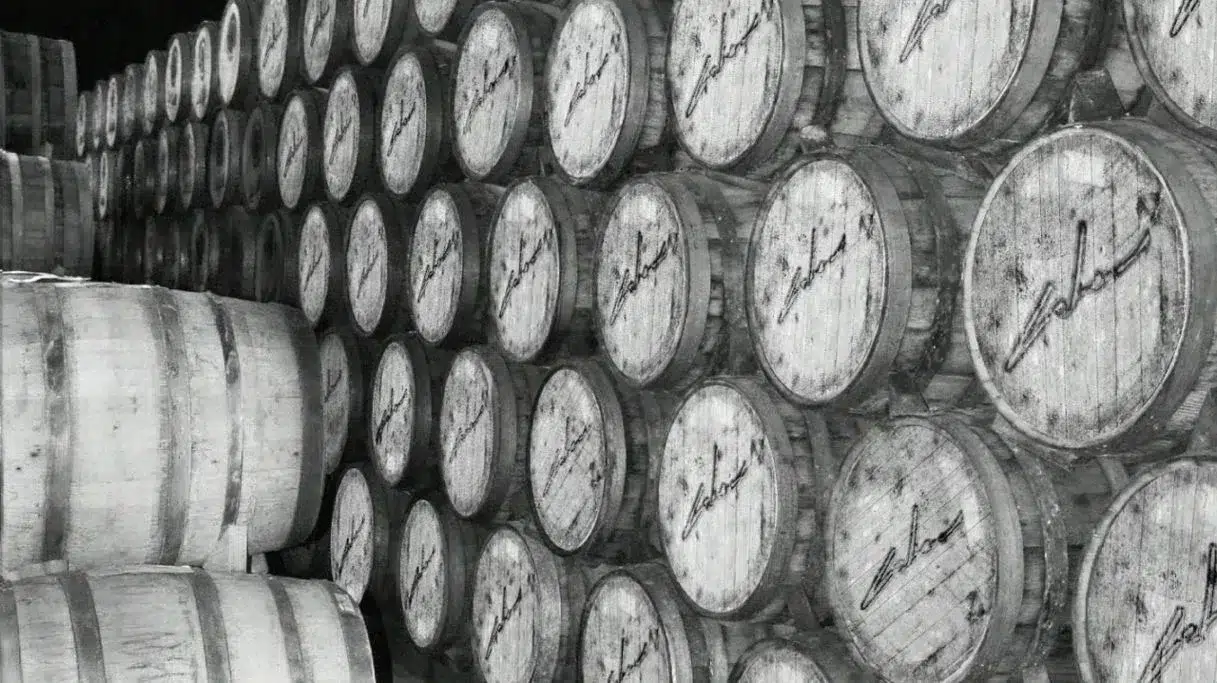
Maturing
The maturation vessels of choice are predominantly French or American white oak barrels. Depending on the desired variant – reposado, añejo, or extra añejo – the aging time can vary. Longer aging imparts deeper colors, richer flavors, and characteristic tannins to the tequila.
Packaging
Authentic tequila mandates production and packaging within five specific Mexican states: Jalisco, Guanajuato, Nayarit, Michoacán, and Tamaulipas. Celosa’s heart lies in Jalisco, the birthplace of tequila, where stringent quality criteria are upheld. Every genuine agave tequila needs to proudly showcase “Hecho en Mexico / Made in Mexico” on its label.
With the above, we hope to have illuminated the intricacies behind crafting top-tier tequila. Numerous environmental and human touchpoints endow every tequila brand with its unique signature taste.

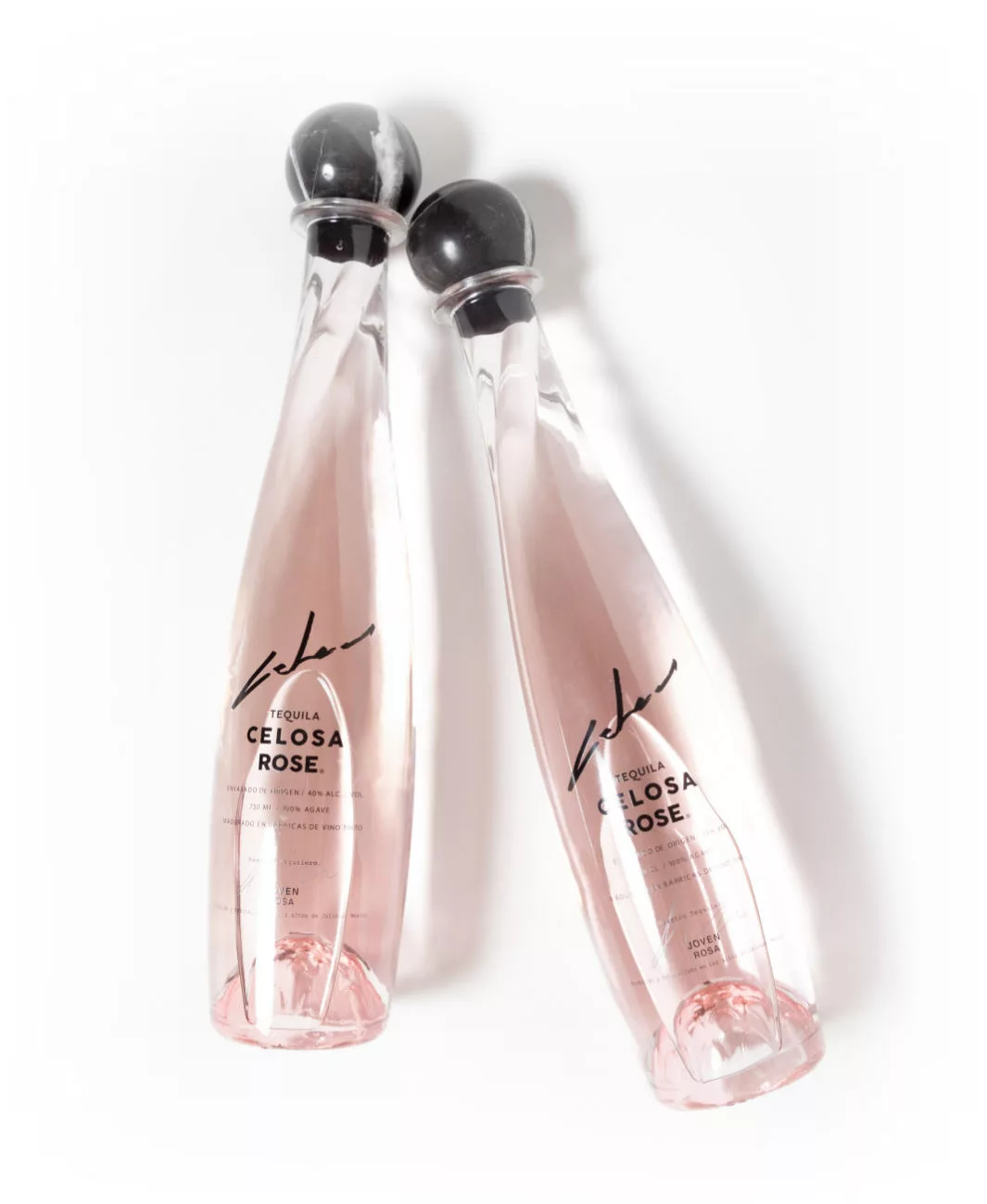
Tequila vs. Mezcal: A Brief Insight
A common query emerges: How do tequila and mezcal differ? While both originate from Mexico and are crafted from blue agave, their similarities end there. Think of it like this: while all tequilas are mezcals, not all mezcals qualify as tequilas. Mezcal includes any agave-based spirit, but tequila is more region and species-specific. The production areas, agave varieties, distillation techniques, and labeling nuances distinguish the two further.
The next time you’re enjoying an evening out, dazzle your companions with this newfound knowledge of tequila’s intricate creation and its distinction from mezcal. True tequila aficionados would nod in approval.
FROM JALISCO



